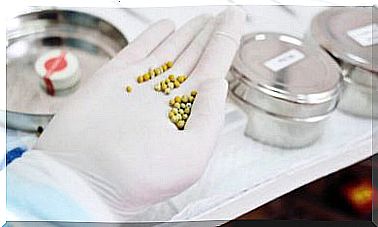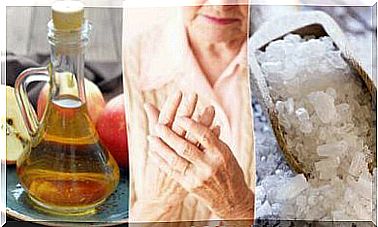Purslane: 10 Properties Of This Medicinal Plant
In order to get the maximum benefit from the wild purslane, it is important that you only collect it in clean and non-polluting locations .
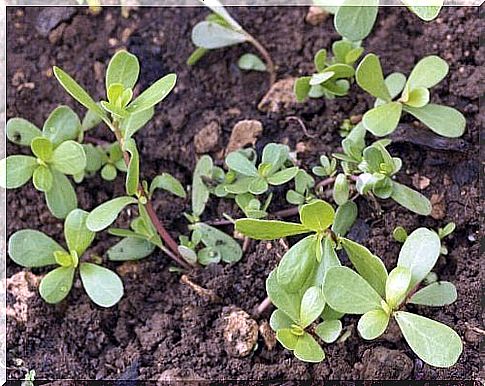
Many will purslane considered a “super food”. Because it has excellent nutritional values.
Discover the unknown medicinal properties of this wild plant in this article. In ancient Greece or in Chinese medicine, purslane was already used for its diuretic and laxative properties and to cleanse the body.
Purslane, supposedly a weed
Until a few years ago , purslane (Portulaca oleracea) was popularly referred to as a weed that grew everywhere. It can even happen that a sprout of this plant bores its way through tiny openings in concrete and begins to grow. Even farmers don’t value the herb as it can affect their crops.
Nonetheless, this wild plant with its yellow and pink flowers has amazing properties. So it is extremely resilient. It also has excellent nutritional values.
Nowadays, purslane is considered an affordable and easily accessible “superfood” that can be eaten like any other vegetable. In addition, it can help with many health problems.
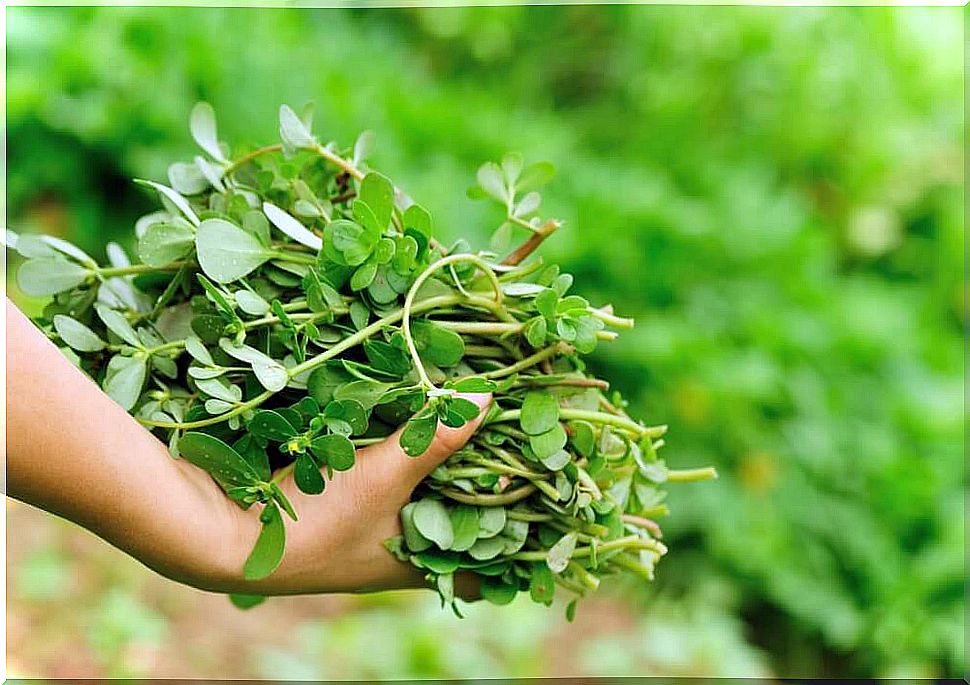
Properties of purslane
The plant is rich in vitamins A, B and C. It is also rich in minerals such as potassium, magnesium, calcium, iron, zinc and selenium, and more. In addition, purslane is one of the plants that contains the most omega-3 fatty acids, especially its seeds.
The herb also contains a lot of mucilage (fiber), antioxidant flavonoids and phytoestrogens, as well as organic acids such as citric or malic acid. As a specialty , it contains melatonin, the hormone that controls the day-night rhythm of the human body.
Medicinal properties of purslane

Here are 10 properties of purslane that have healing properties and health benefits:
- Anti-inflammatory: It has powerful anti-inflammatory properties. This is due to the mucilage, the omega-3 acids and the many minerals. So you can treat so different types of pain and ailments. Especially those that affect the urinary and digestive systems.
- Antioxidant effects: Few plants are as rich in antioxidants as purslane. Vitamin C and E, flavonoids, alkaloids, beta-carotene or glutathione help fight free radicals. And they prevent aging.
- Nutrient-rich: It has a high content of nutrients and omega-3 fatty acids. That makes it a plant that nourishes you intensely from within. This improves the health of the skin, hair, nails, joints, etc.
- Antiseptic: Purslane has very effective antiseptic properties.
- Cardiovascular properties: The essential omega-3 acids also have positive effects on cardiovascular health. These nutrients improve blood circulation, regulate blood pressure, prevent cardiac arrhythmias, etc.
- Digestive tract: Thanks to its mucilage content, the herb has a soothing effect on your organism. That said, it calms the digestive system and urinary tract. It is also effective against common medical conditions. Thanks to its high fiber content, it is good for relieving constipation. It also prevents intestinal parasites.
- Diuretic: It happens that too much fluid is stored in the body. Purslane is an excellent natural remedy for eliminating these. This is how you fight swelling and excess weight.
- Good against ulcer formation: The mucous substances in this herb also protect the organ walls. They prevent gastritis and ulcers that can occur in the digestive tract.
- Lowering fever: naturally reduces fever.
- Lowers blood sugar levels: The wild plant can also help lower blood sugar levels naturally. In this way you can prevent symptoms such as diabetes, obesity or insulin resistance.
How do you prepare purslane?
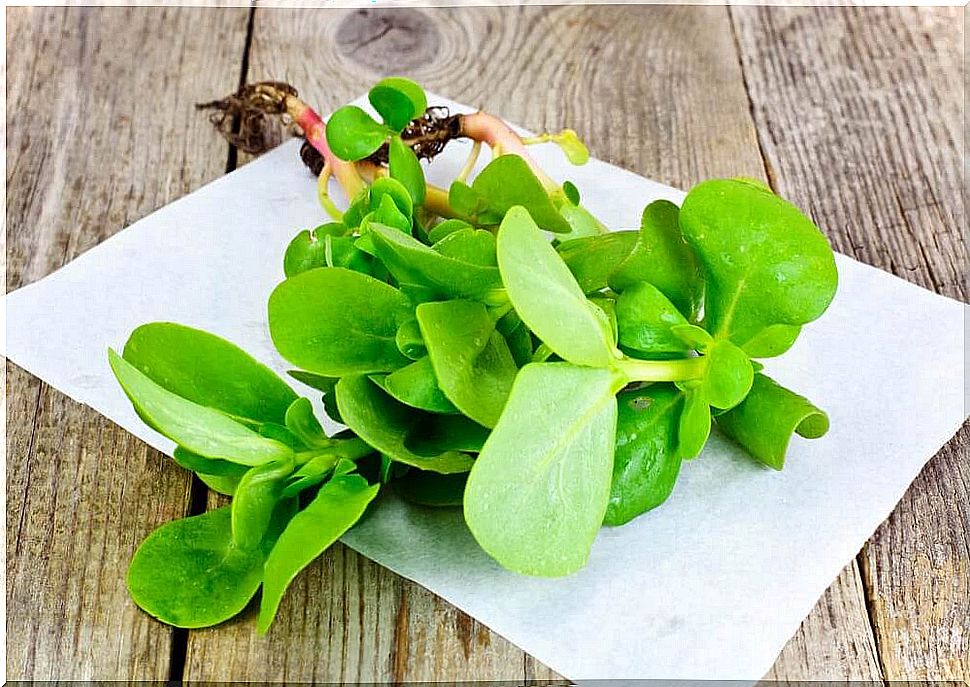
The purslane is considered a “super food”. However, it is not yet classified as a general remedy for treating the ailments mentioned above. Although there is more research on the subject, purslane is still not that easy to find in stores.
It is best to plant it yourself or to collect the herb in the cleanest and most unpolluted places possible. You can then prepare and eat the purslane like any other vegetable. Like watercress or spinach, you can use it as an ingredient in stir-fries, salads, soups or stews.
Thanks to its content of mucilage, which has a jelly-like texture, you can add more creaminess to your soups with purslane. This will avoid using other, less healthy ingredients such as cream or cheese.

